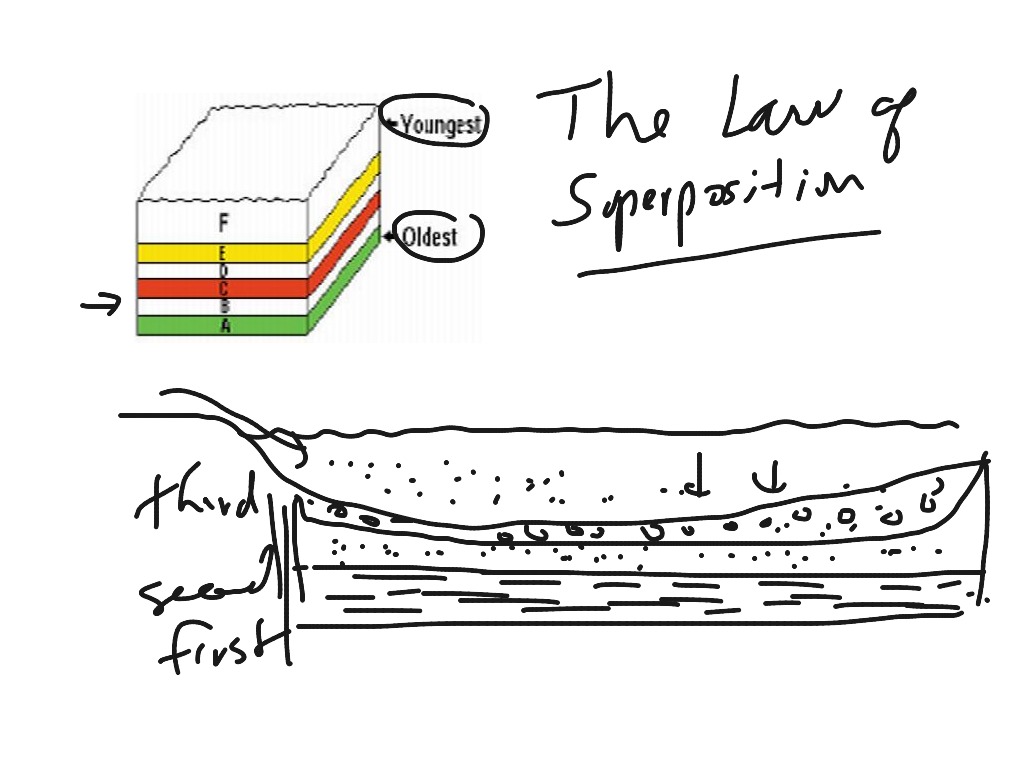

Since radioactive nuclear decay is a spontaneous process, it is impossible to predict for certain when the nucleus decays. Is placed in a closed box with a single atom that has some probability of emitting deadly radiation at any time. In Schrödinger’s famous thought experiment, Schrödinger’s cat The outcome of a measurement is to observe some definite state with a given probability. A quantum system is special because it can be in a superposition of these definite states, i.e., both heads and tails simultaneously. An electron orbiting a hydrogen atom could be in the ground state or an excited state. For example, a tossed coin is either in a heads state or a tails state. The state is related to its quantized values. When we observe the coin, we are making a measurement which destroys the superposition.Īt any given time, a system can be described as being in a particular state. While the coin is being flipped it is in a state of superposition. All of these cases are called states of the coin system. For example, the coin can be either heads, or tails, or a combination of heads or tails while flipped in the air. Means any particular way that a system can possibly be described. When it lands, it has a definite state, either heads or tails. We can say that the coin is in a superposition of both heads and tails. What state is the coin in while it is in the air? Is it heads or tails? For example the hydrogen atom is small enough that quantum effects are important, and Bohr needed to quantize the energy levels to successfully model its behavior. However, the gaps are more pronounced at smaller sizes, as shown in Fig. The gaps in energy are too small to be seen with the human eye and as such can be treated as continuous for classical physics.

This is counterintuitive, as we cannot observe it with our classical eyes. A specific example of energy quantization is when energies can only have integer values E = 0, 1, 2, 3, …, but not any numbers inbetween. , meaning it can only have certain values. However, according to quantum mechanics, the ball’s energy is quantized a baseball could be at rest or thrown at any speed. For example, you would normally expect that an object can have an arbitrary amount of kinetic energy ranging from 0 to infinity ( ∞) Joules, i.e. Quantum systems include small objects such as nuclei, electrons, elementary particles, and photons, for which the wave-particle duality and other non-classical effects are observed.

Is a phenomenon associated with quantum systems. The more experience you gain by advancing through this book, the more quantum superposition will make sense. After gaining experience with quantum superposition from working through these problems, it will become more intuitive. At the end of the chapter, we present the related activities and questions. Footnote 1 Before going into specific details on quantum superposition, it is useful to explain how the term “superposition” is used in different contexts in both classical and quantum physics. However, as unintuitive as the quantum world may appear, there are a vast number of experiments which conclusively show that the universe really does operate according to the law of quantum superposition at the smallest distances accessible today. As we do not observe quantum phenomena in our everyday lives, it may seem confusing at first. Quantum superposition is the framework for understanding all quantum phenomena. In this section, we review the concepts of classical and quantum superposition


 0 kommentar(er)
0 kommentar(er)
